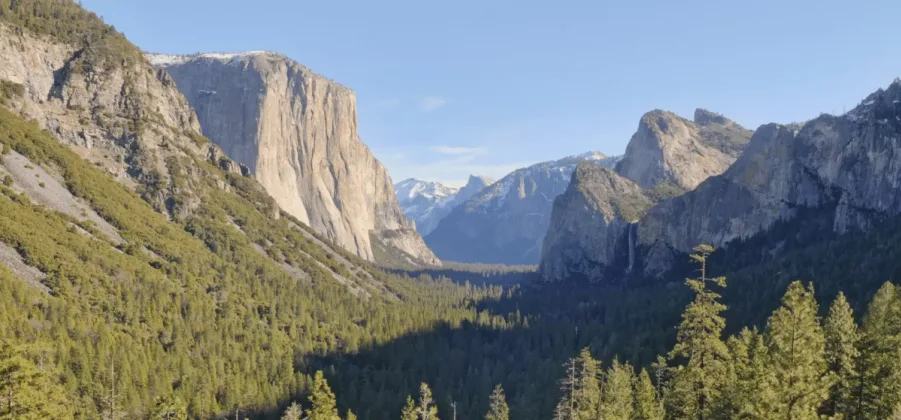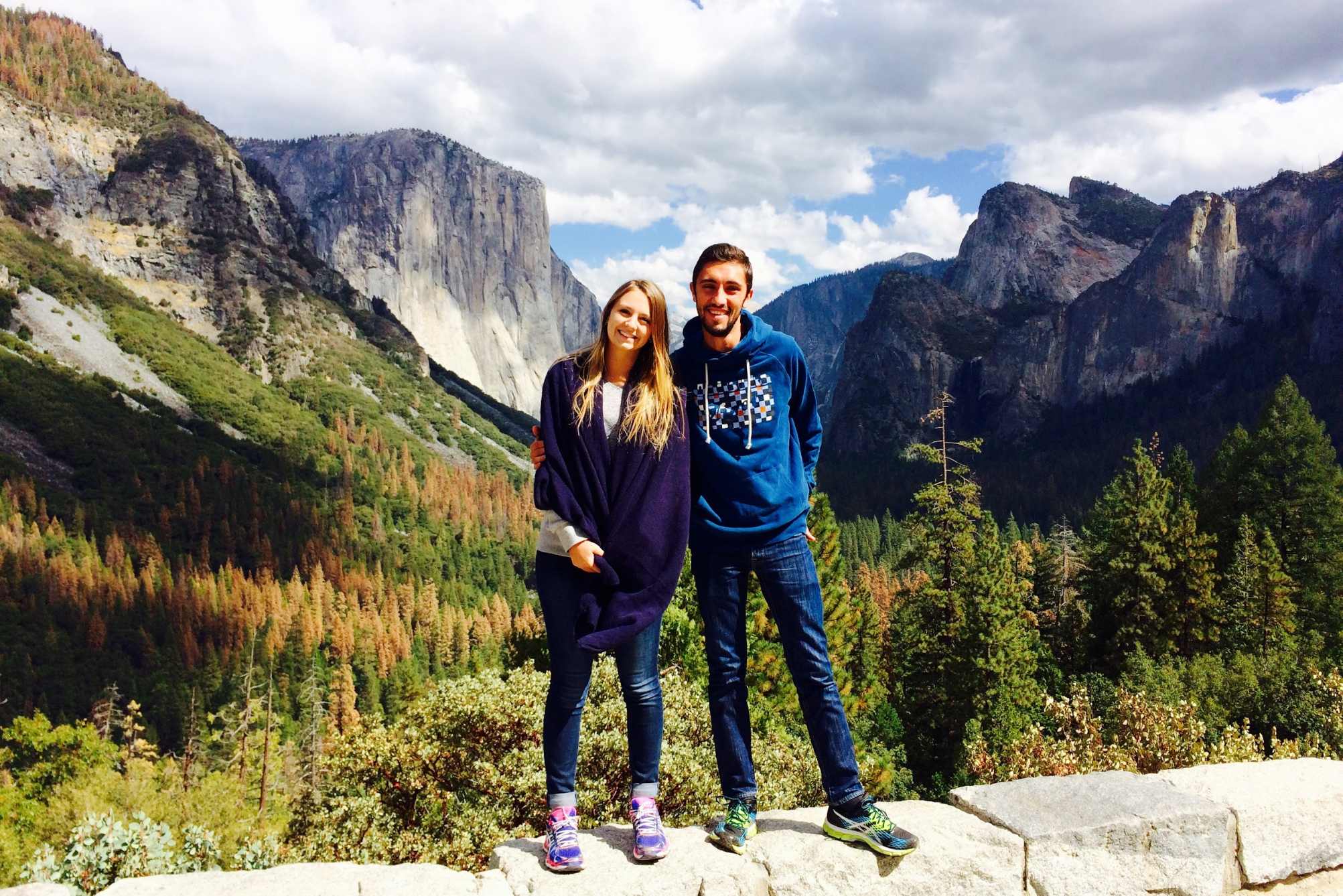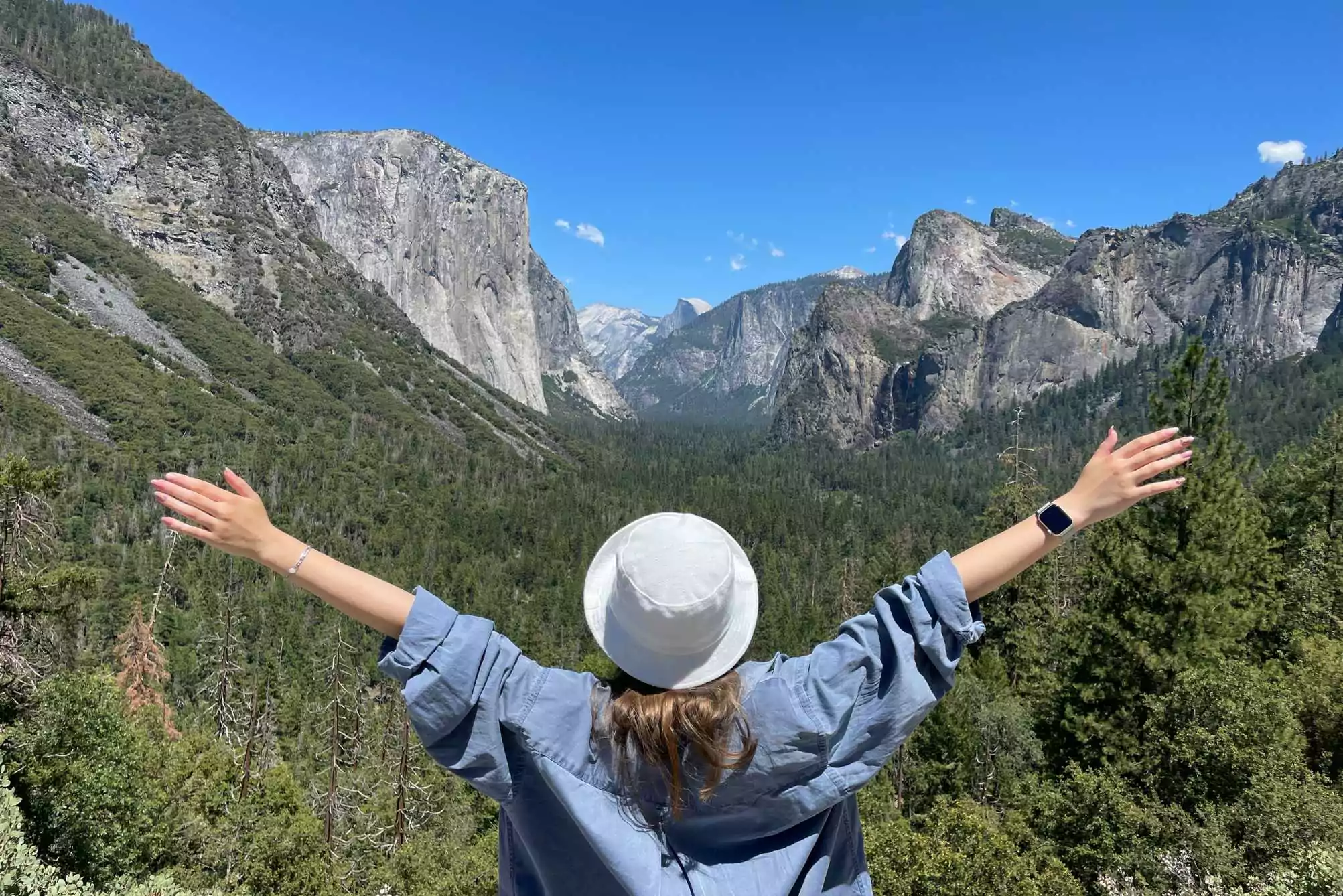Yosemite National Park

Yosemite National Park was founded in 1864 when President Lincoln signed into law a document stating that Yosemite be recognized as a National Park. The United States first national park was designated a World Heritage Site in 1984. The park covers 761,266 acres of eastern central California in the Tuolumne, Mariposa and Madera counties spanning the western slopes of the Sierra Nevada Mountain Range. Over 95% of Yosemite is designated wilderness and internationally recognized for its spectacular granite cliffs, waterfalls, clear streams, Giant Sequoia groves and biological diversity.

Yosemite and Giant Sequoias One Day Tour from San Francisco
The only 1-day Yosemite National Park tour from San Francisco to deliver more than you dreamed at Half Dome, El Capitan, Yosemite Falls, and on a hike to Giant Sequoias.

Yosemite 2-Day Tour from San Francisco with No Overnight Accommodation
This Yosemite tour from San Francisco let’s you make your own overnight stay so you can slow the pace to experience Half Dome, El Capitan, Yosemite Falls and the Giant Sequoia redwoods.
Yosemite National Park has an elevation ranging from 2,000 to 13,114 feet and contains five major vegetation zones including chaparral/oak woodland, lower montane, upper montane, subalpine, and alpine. There are 7,000 native plant species in California and 20% of the species occur within Yosemite. Scientists and environmentalists have catalogued over 160 rare plant species within the park along with rare local geologic formations and unique soils characterizing the habitat ranges many of the native plants occupy.
There are three Giant Sequoia groves in the park, which are the Mariposa Grove (200 trees), the Tuolumne Grove (25 trees), and the Merced Grove (20 trees). These groves host the largest tree per volume of any other of the species as well as the tallest and longest lived.
The Yosemite Valley represents a very small percentage of the park and the most populated area of the park during heavy tourists months. Yosemite Valley is home to El Capitan, one of the most popular granite rock cliffs to climb due to its diverse climbing routes and year-round access. Along with El Capitan are Half Dome and Sentinel Rock, which rise over 3,000 feet above the valley floor.